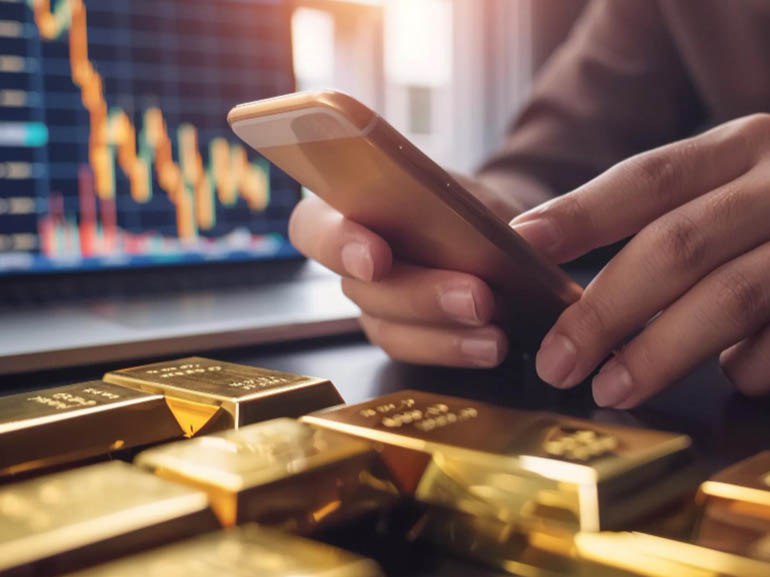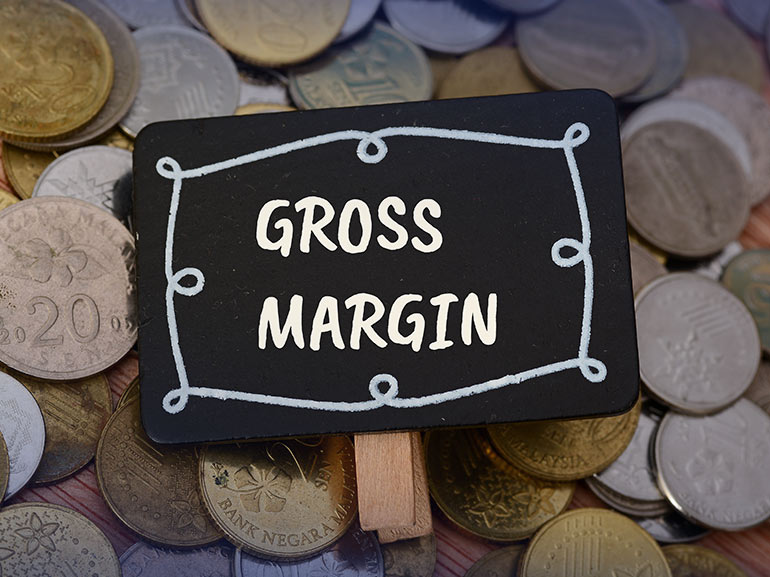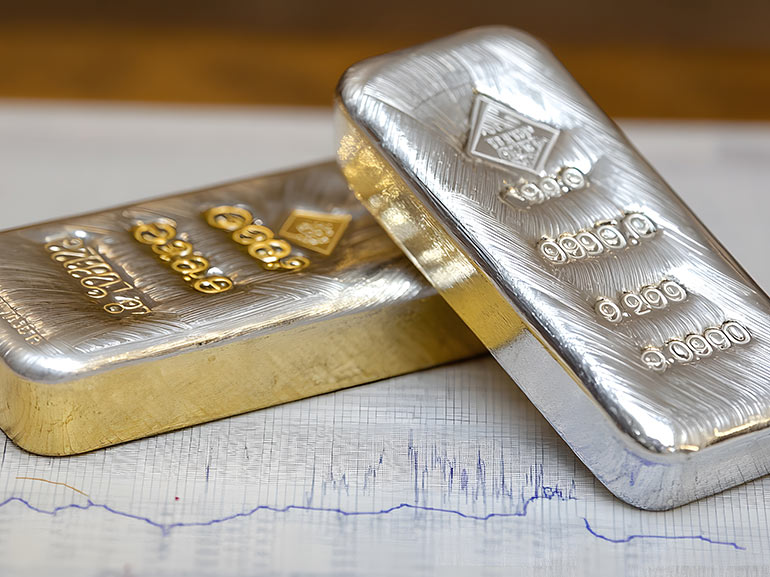Gold at an All-Time High: Understanding Market Drivers and Historical Context
Gold surpassed $4,200 per troy ounce on 17 October 2025, marking a 60% growth from the beginning of the year. The price of gold has been increasing throughout 2025, and October became the month with the most significant price growth, driving investors to buy gold amid rising US-China trade conflicts and central bank gold purchases. The current price increase stands as one of the most substantial gold price surges during the past few decades.

TL;DR
Gold reached surpassed $4,200 on 17 October 2025, up 60% year-to-date.
Central banks increased gold purchases in 2025.
US-China trade tensions and Fed rate expectations drive demand.
Current Market Overview: Gold's 2025 Performance
Price Movements and Technical Levels
Gold's current trading level of $4,251.22 (as of 17 October 2025) represents a year-to-date increase of approximately 60%. The metal reached an intraday high of $4,378.55 and a low of $4,185.93 during the October 17 trading session.
The London Bullion Market Association reported that daily clearing volumes averaged $54.9 billion in August 2025, compared to $44.9 billion during the same period in 2024. Traders monitoring gold markets might observe that the precious metal's volatility has increased year to date.
Market Drivers: Understanding Gold's Rally
Central Bank Accumulation
Central banks globally may continue their gold purchasing trend through 2025. India's central bank's gold pile tops $100 billion on surging bullion prices. The accumulation of gold reserves by central banks may stem from their efforts to create diversified reserve assets that move away from traditional foreign exchange reserves. The World Gold Council survey results show that 73% of central banks plan to decrease their US dollar reserves during the upcoming year.
Monetary Policy and Interest Rate Dynamics
The US Federal Reserve's monetary policy decisions have historically influenced gold prices, as the metal offers no yield and competes with interest-bearing assets. Markets currently price in two additional rate cuts before the end of 2025, according to Fed Funds futures data. Lower interest rates reduce the opportunity cost of holding gold, potentially supporting demand.
The European Central Bank has signaled that its cutting cycle may have ended, with no additional reductions expected in 2025 unless economic data deteriorates significantly. This divergence in central bank policies could affect currency relationships and, by extension, gold pricing in different currencies.
Geopolitical and Trade Tensions
The upcoming 100% US tariffs on specific Chinese products set for 1 November 2025 have created additional market unpredictability. The September 2025 Chinese announcement about rare earth mineral export restrictions has become another element that intensifies trade conflict. The current market developments could lead to increased gold demand as a safe-haven asset but traders need to understand that political events affecting precious metals tend to be short-term in nature.
While Gold prices experienced a significant increase during major trade disputes historically, we need to highlight that the past performance of gold prices during geopolitical events does not predict future market behaviour because each situation develops differently.
Historical Context: Gold's Major Milestones
From Bretton Woods to the Digital Age
The Bretton Woods system collapsed in 1971, transforming gold market operations as it established free market trading for the metal. The following ten years brought gold prices to $850 per ounce in 1980 due to rising U.S. inflation.
The period from 1999 to 2002, known as the "Brown Bottom" after UK Chancellor Gordon Brown's gold sales, marked a multi-decade low of around $250 per ounce. This period preceded a sustained bull market that continued through the 2008 financial crisis, when gold reached $1,921 in September 2011.
The COVID-19 pandemic caused gold prices to exceed $2,000 for the first time during August 2020 as central banks used extraordinary monetary stimulus. Traders who analyze these patterns would note that each rally corresponded with specific macroeconomic conditions.
Gold's Performance During Market Stress
Gold prices increased during the 2008 financial crisis when the S&P 500 stock market index dropped 37%. The March 2020 market volatility caused gold prices to drop before the metal recovered to deliver a 25% annual gain. The price behaviour of gold shows unpredictable connections with risk assets because market conditions influence its performance.
Market Structure and Trading Characteristics
The World Gold Council reported that global gold mine production reached 3,500 tonnes during 2024. The recycling process added 1,200 tonnes to the total supply of gold.
The annual consumption of 326.1 tonnes of technology sector materials occurs through electronics and medical applications. The industrial sector shows rising demand for green technology products such as solar panels and hydrogen production systems, although these products make up a minimal part of total consumption.
Understanding Gold Market Instruments
The gold market offers traders multiple access points through different instruments, which present distinct features. Physical gold ownership demands storage solutions and insurance protection for its safekeeping. The global gold ETF market contained 3,838 tonnes of assets during September 2025 while offering investors access to gold without physical gold delivery. The COMEX exchange offers futures contracts that require traders to maintain margin funds and leverage their positions.
Mining company equities offer indirect exposure but include company-specific risks beyond gold price movements, indicating imperfect tracking. (Source: Forbes)
* Past performance is not indicative of future results. The above are only projections and should not be taken as investment advice.
FAQs
What factors are currently driving gold prices in October 2025?
Gold prices are influenced by central bank purchases, US Federal Reserve rate cut expectations (two cuts priced in for 2025), and US-China trade tensions, including 100% tariffs announced for November 2025
How do central bank purchases affect gold markets?
Central banks purchased approximately 1,045 tonnes in 2024, according to World Gold Council data. This institutional demand might support prices as it represents consistent buying independent of short-term price fluctuations
How has gold performed during previous market downturns?
During the 2008 financial crisis, gold rose 25% while equities declined 37%. In 2020's pandemic volatility, gold gained 25% for the year after initial declines. However, past performance doesn't guarantee future results.








